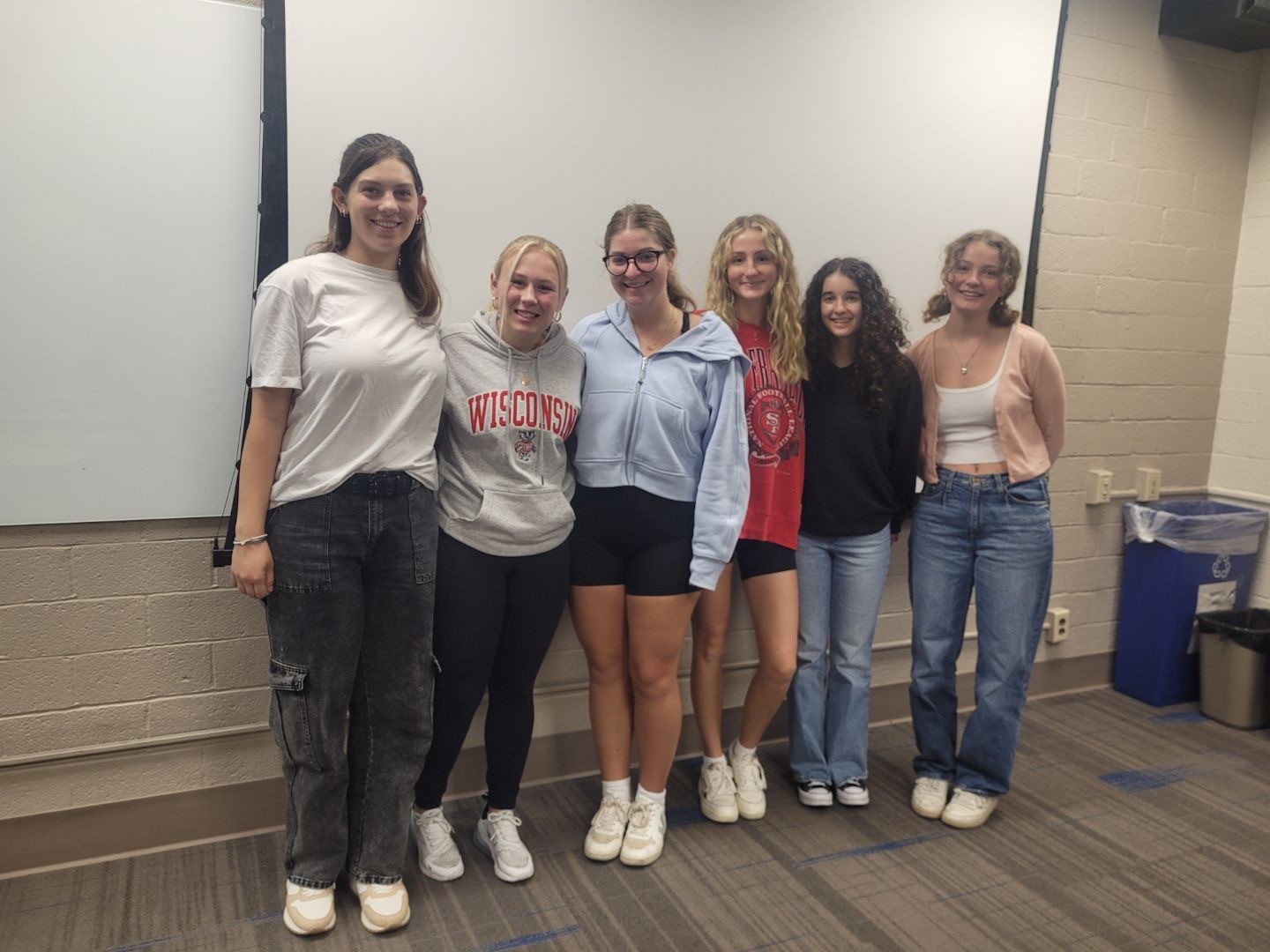Low-interference wheelchair footrest
Wheelchair users with limited movement capability are restricted by existing wheelchair footrest models. The goal of this project is to create a low-interference footrest that provides increased adaptability, functionality, and simple storage capability.
Project Overview
There are currently no footrests on the market which allow not fully paralyzed wheelchair users to perform helpful movements, such as opening doors with their feet or being able to pick up objects from the floor. In addition, current footrest models are heavy, bulky, and not easily able to be removed and stored when not in use. Because footrests are crucial for lower-body support, especially in the case of wheelchairs with tilting or reclining features, it is imperative to design a wheelchair footrest that allows for more foot mobility—should the user require it—and for easier storage of said footrests. The objective of this project is to create a low-interference wheelchair footrest that will be more accommodating than existing models and provide increased functionality to wheelchair users in need of additional foot support. The updated footrests should be able to adapt to a person’s abilities, be easily removable, allow for simple storage when not in use, and be lighter and less bulky than market alternatives while still providing the benefits of a footrest when necessary.
Team Picture

Files
- Final Report (December 13, 2023)
- Final Notebook (December 13, 2023)
- Final Poster Presentation (December 7, 2023)
- Preliminary Report (October 11, 2023)
- Preliminary Presentation (October 6, 2023)
- PDS (September 22, 2023)
Contact Information
Team Members
- Lael Warren - Co-Team Leader
- Liv Baumann - Co-Team Leader & BSAC
- Amanda Kothe - Communicator
- Gracie Hastreiter - Co-BWIG
- Sadie Rowe - Co-BWIG
- Juliana Dugo - BPAG
Advisor and Client
- Prof. William Murphy - Advisor
- Mr. Dan Dorszynski - Client
Related Projects
- Fall 2024: Low-interference wheelchair footrest
- Spring 2024: Low-interference wheelchair footrest
- Fall 2023: Low-interference wheelchair footrest
